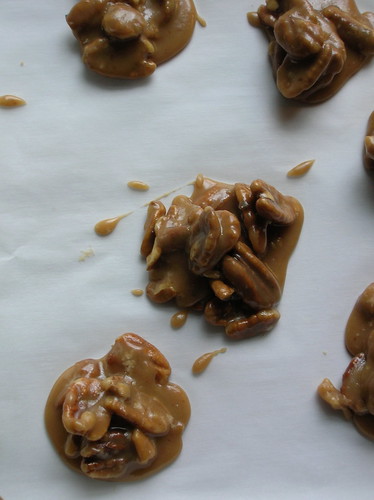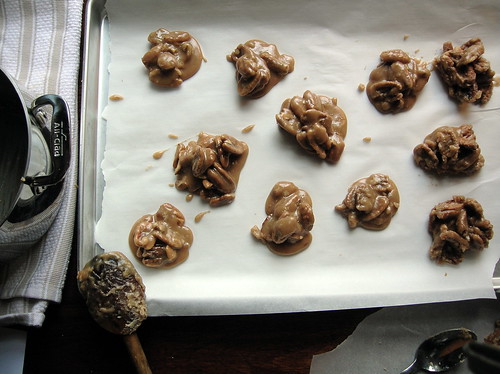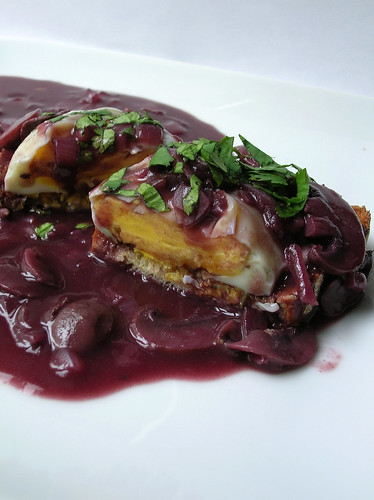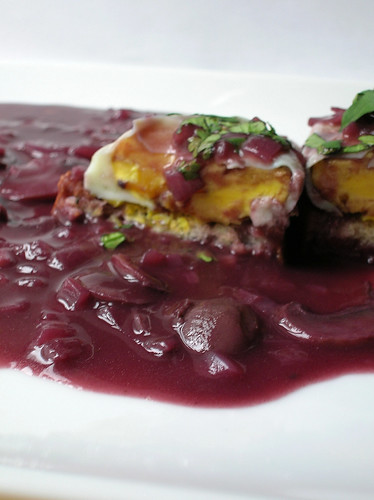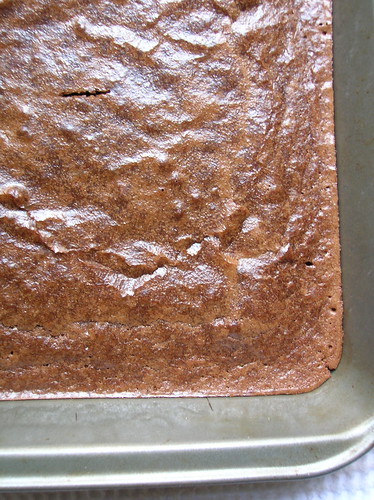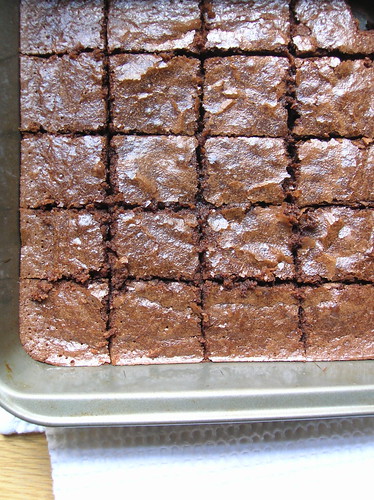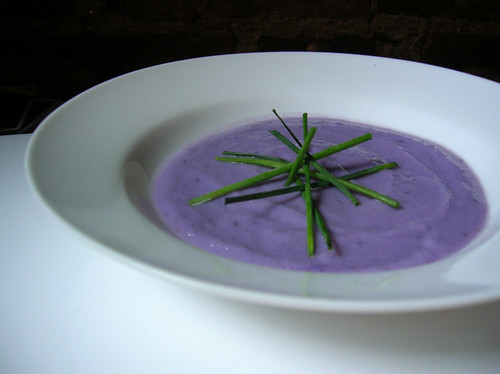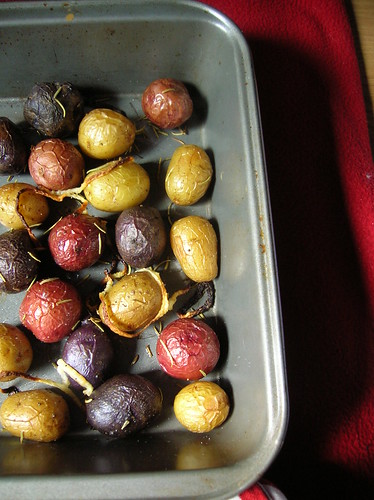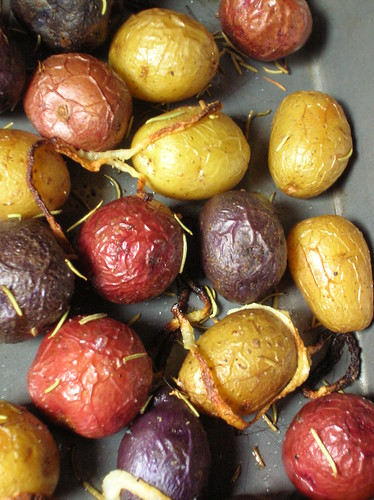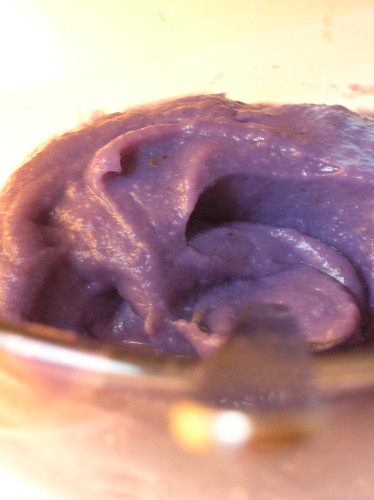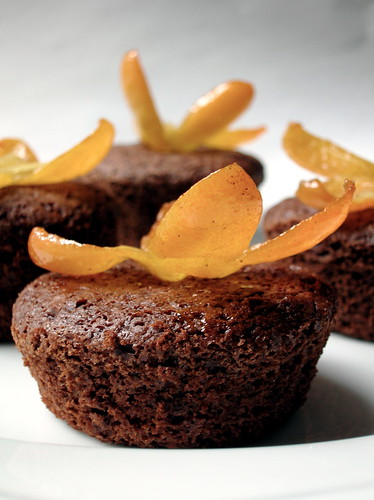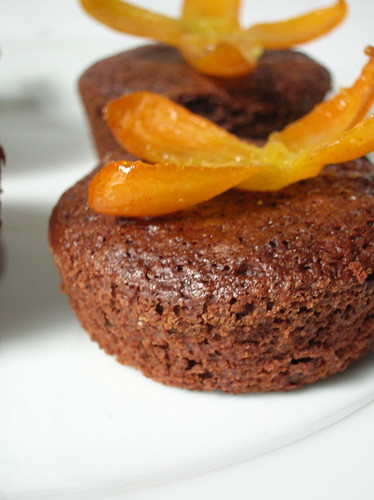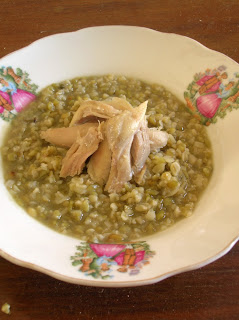
I always thought of myself as the obedient type. In grade school, I walked in silent single-file lines in the hallway, my report cards read “does well with structure.” As a dancer, I spent years obediently following choreographers’ directions, twisting my body into odd positions, wordlessly repeating difficult battements and saut-de-chats. But something seems to have happened along the way, because I think I’m developing a little rebellious streak.
I joined a baking group with the simple premise of baking one “challenge” each month, and then sharing all our results online. The idea rests upon everyone following the directions precisely, in order to accurately compare notes. It all seemed fine, until I got into the kitchen. You see, when it comes to recipes I’m not terribly obedient, if I think it can be done better, faster, easier, or more conveniently, I will do it. Over the years, I’ve learned my lessons, I know where I can fiddle and where I should listen to the recipe’s advice, that homemade stock is worth the extra-time, that making your own crystallized ginger is overrated. As I confronted the recipe for a towering cake made of layers of chocolate crêpes, my tweaking-fingers began to twitch.

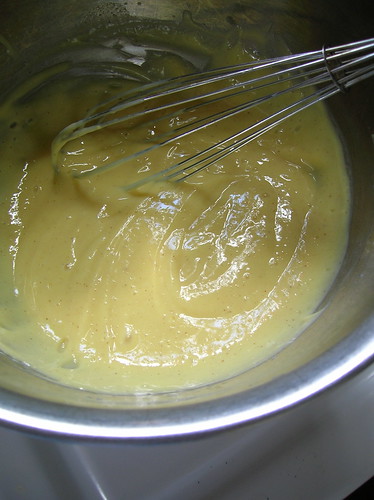
It didn’t help that it was a Martha Stewart recipe, I’ve never made a recipe of hers that was not flawed or disappointing; they may look good on the page but in my experience they are hit-or-miss (usually miss) in the kitchen. I eyed the recipe skeptically: all that melted chocolate in the crêpe batter and so little flour, wouldn’t they stick to the pan? I made a small test batch, and indeed they were difficult to work with and somewhat gummy in texture. It was not so much an act of outright insubordination but rather one of spontaneous inspiration as I swapped out some of the chocolate for some cocoa powder and upped the flour content. Not loyal to my assignment, but I was much happier with the result.
Then there was the issue of the filling, which contained nearly a pound of butter and almost a cup of cream, in addition to all the other chocolate, butter, cream, and sugar in the cake’s other components. I’m all for using real butter and cream and such, but this seemed a bit excessive, and luckily the group member responsible for this challenge had said we could use whatever filling we liked. Phew, a little leeway. I decided to make a light pastry cream filling, spiked with rum. This ended up being the best part of the whole experience, the rummy pudding, I was afraid I would eat it all before I got to use it on the cake.
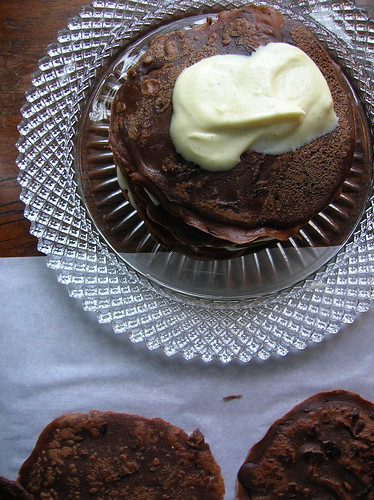

The remaining assembly and glazing was simple, and I proudly put my cake into the refrigerator at night, thinking how I would impress our luncheon guests the next day. And then, in the middle of the night I woke up and thought: the nuts. The cake was supposed to be topped with caramelized nuts. Which is why I could be found at 8 am on Sunday morning, in my pajamas, newspaper strewn across the kitchen floor, spinning caramel strands of hot sugar. Hot sugar, my friends, at 8 am.
In the end, the cake was delicious, gorgeous, and everyone loved the candied nuts on top. It was even better the second day, when all the components had a chance to meld and blend with each other, and I’ve tucked the filling recipe away to be served on it’s own as a simple Rum Pudding. But more than the cake, I learned something about myself along the way: that the kitchen is my space for experimentation and learning. All those years dutifully following directions, I would come home and cook dinner, and revel in the fact that there was no one telling me what to do. Measuring cups and spices are my paintbrushes and pigments. I’m not a complete rebel, I will turn out a crepe cake for you, I will caramelize your nuts and spin your sugar, but I will do it my way.
To find links to other crêpe cake experiences, click here. Also, a lot of participants had major problems with the recipe, so I’ve written out my tweaked version below and I hope you will reap the benefits. Just hope I don’t get fired for insubordination.
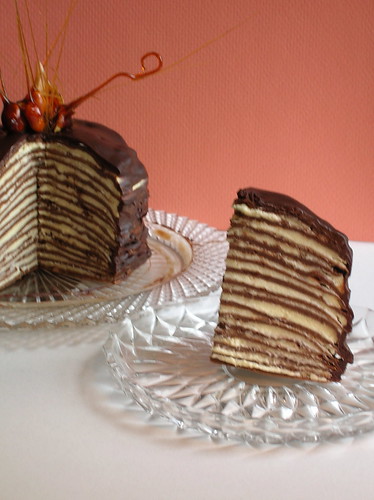
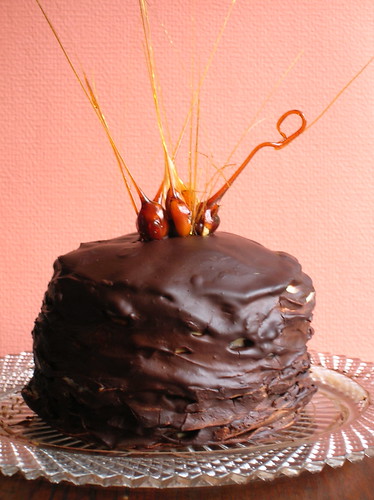
Chocolate Crêpe Cake
Admittedly, this cake has many components and is a bit of a time investment, however it yields an impressive and delicious result. I would advise making the crepe batter and filling two days before, then make the crepes the day before and finally do the finishing touches and assembly. It also keeps well.
Chocolate Crêpes
1 1/2 cups milk
2 tablespoons vanilla extract
3 eggs
1/4 cup sugar
1 1/4 cups sifted all-purpose flour
1/4 cup sifted cocoa powder
1 teaspoon salt
4 tablespoons butter
3 oz chocolate
oil or melted butter for brushing on the pan
1. Melt together the chocolate and the butter, set aside. Place the milk and vanilla extract in the blender. Add the egg, sugar, salt, then the flour and cocoa powder. Finally, add the butter mixture and blend on high speed 30 seconds.
2. Scrape down the sides of the blender and blend on high speed 30 seconds more. Cover and refrigerate overnight (this is important, letting the batter rest).
3. Heat an 8" crêpe pan or skillet over med-high heat, brush with a little oil or melted butter.
4. Using a 1/3 cup measure (this will help ensure your crêpes are the same size), fill it with batter and pour it into the skillet. Immediately pick up the pan and tilt and swirl it to form a round crêpe. Because the crêpe batter is delicate, you’ll want them a little thicker than usual.
5. Loosen the edges of the crêpe with a metal spatula, gently sliding the spatula under the crêpe as it sets. The crepes may take longer than you expect to cook on the first side, and may threaten to stick, work them gently with the spatula and be patient. When the top is well set and you have loosened the crêpe with your spatula, flip to the second side and cook for only about a minute longer. Slide it to a plate or work surface.
6. Repeat with the remaining batter. You should have at least twenty good crêpes.
Rum Cream Filling
2 eggs
2/3 cup sugar
3 tbl cornstarch
2 1/2 cups low fat milk
1 vanilla bean
2 tbl butter
2 tbl rum (or to taste)
1. Beat the eggs together in a small bowl.
2. In a small bowl, dissolve the cornstarch in about 1/2 cup of the milk, stirring until smooth. Combine the sugar, remaining milk, and cornstarch mixture in a saucepan, stirring so everything is combined. Slit the vanilla bean with a knife and scrape the seeds into the pan (reserve pod for another use). Gradually bring the mixture to a simmer over medium heat, stirring constantly. Let the mixture come to a boil, then remove from heat and whisk a small amount of the milk into the eggs. Scrape the egg mixture back into the saucepan. Continue to cook over medium heat, stirring constantly, until the mixture is thick enough to coat the back of a spoon, like pudding. Remove from heat and stir in the rum and butter.
3. Press plastic wrap onto the surface of the cream and store in the fridge.
Chocolate Glaze
3/4 cup heavy cream
1 tbl light corn syrup
8 oz semisweet chocolate, finely chopped
Bring the cream and corn syrup to a boil in a small saucepan. Remove from heat and stir in the chocolate. Let sit about five minutes, then stir until smooth. Let cool to room temperature before using to glaze cake.
Candied Nuts
9 hazelnuts
1 cup sugar
1. Prick each hazelnut onto tip of a toothpick; set aside. Place a cutting board along the edge of a countertop; set a baking sheet on floor next to edge.
2. Cook sugar and 1/4 cup water in a medium, heavy saucepan over medium heat, stirring occasionally, until sugar has dissolved. Continue to cook, without stirring, until syrup comes to a boil. Watch the mixture closely and let boil until syrup turns light amber, about 5 minutes; remove from heat. Let stand until slightly cooled, 8 to 10 minutes.
3. Dip 1 skewered hazelnut into syrup, coating completely and letting excess syrup drip back into pan. When dripping syrup begins to form a thin string, secure end of toothpick under the cutting board, letting caramel string drip over edge onto sheet. Repeat with remaining hazelnuts. You may want to pour more syrup over the nuts to make the strings thicker Let stand until caramel has hardened, about 5 minutes. Break strings to about 4 inches. Carefully remove toothpicks.
Assembly
1. Place a crepe on your serving platter. Use a spatula or a pastry bag to spread some of the cream filling thickly over the crepe, spreading almost, but not quite, to the edges. Repeat layering until all the crepes are used up. If your cake threatens to lean once you’ve assembled it, insert a heavy-duty plastic straw or a wooden skewer in the center.
2. If necessary, reheat the glaze until just pourable, but not hot. Gently pour the glaze a little bit of the time over the top of the cake, letting it run down the sides, and spreading it along the sides with a spatula. Once the cake is glazed, scrape away all the excess glaze from your serving plate and neaten the bottom edges. Place in the fridge to set. Garnish with nuts before serving.
3. To slice, run a sharp knife under very hot water. Wipe off the excess water, then use the hot knife to slice the cake, rinsing the knife after each slice. This cake keeps for several days in the fridge and is even better on the second and third days.
__


